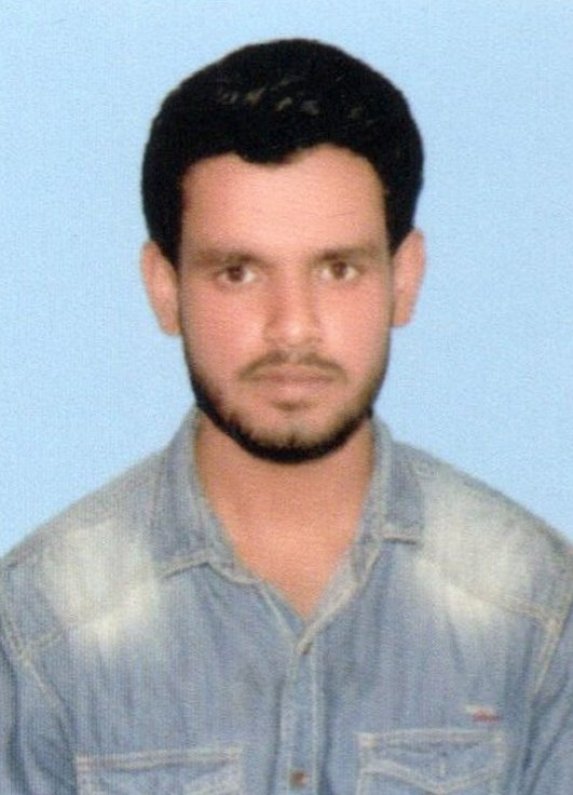Course abstract
Geography is the study of areal differentiation. It examines three questions - 1. What features (say mountains) and processes (such as volcanism) are found in different locations? 2. Why are they located where they are? 3. Where else on Earth do we find these specific features and processes? This governs several developmental decisions, such as location of mines, factories, towns, cities, and infrastructure. After all, mining will be economically feasible in areas that have a concentration of ores. Factories can easily be set up where we have availability of land, labour, capital and infrastructure. Towns and cities require land, infrastructure, water, etc. But at the same time, areal differentiation also governs the localisation of biodiversity - forests, wildlife, etc. - which need to be conserved to provide us with ecosystem benefits like food, water, disease control and employment. Past experience shows that if we are not careful, hasty developmental decisions harm biodiversity and conservation - especially when, say, developing mines in biodiversity-rich areas. This ultimately affects all of us - destruction of ecosystems, water flows and pollution wreck havoc to food and water security, health and economic development. The present course examines these concepts, beginning with the basics of Geography and Conservation, and looking at their interplay through several case studies to help reach conservation-oriented development.
Course Instructor

Prof. Ankur Awadhiya
Dr. Ankur Awadhiya (B. Tech IIT Kanpur 2009, Ph. D IIT Kanpur 2015, AIGNFA IGNFA Dehradun 2016, PGDAWM WII Dehradun 2018) is an IFS officer borne on the Madhya Pradesh cadre. His interests include photography, tourism, research, instrumentation and creative literary pursuits.More info
Teaching Assistant(s)
No teaching assistant data available for this course yetCourse Duration : Jul-Oct 2021
View Course
Syllabus
Enrollment : 20-May-2021 to 02-Aug-2021
Exam registration : 17-Jun-2021 to 17-Sep-2021
Exam Date : 23-Oct-2021
Enrolled
1294
Registered
223
Certificate Eligible
195
Certified Category Count
Gold
29
Silver
88
Elite
60
Successfully completed
18
Participation
11
Legend
AVERAGE ASSIGNMENT SCORE >=10/25 AND EXAM SCORE >= 30/75 AND FINAL SCORE >=40BASED ON THE FINAL SCORE, Certificate criteria will be as below:
>=90 - Elite + Gold
75-89 -Elite + Silver
>=60 - Elite
40-59 - Successfully Completed
Final Score Calculation Logic
- Assignment Score = Average of best 8 out of 12 assignments.
- Final Score(Score on Certificate)= 75% of Exam Score + 25% of Assignment Score
Enrollment Statistics
Total Enrollment: 1294
Registration Statistics
Total Registration : 223
Assignment Statistics
Exam score
Final score
.jpg)
.jpg)
.jpg)
.jpg)













